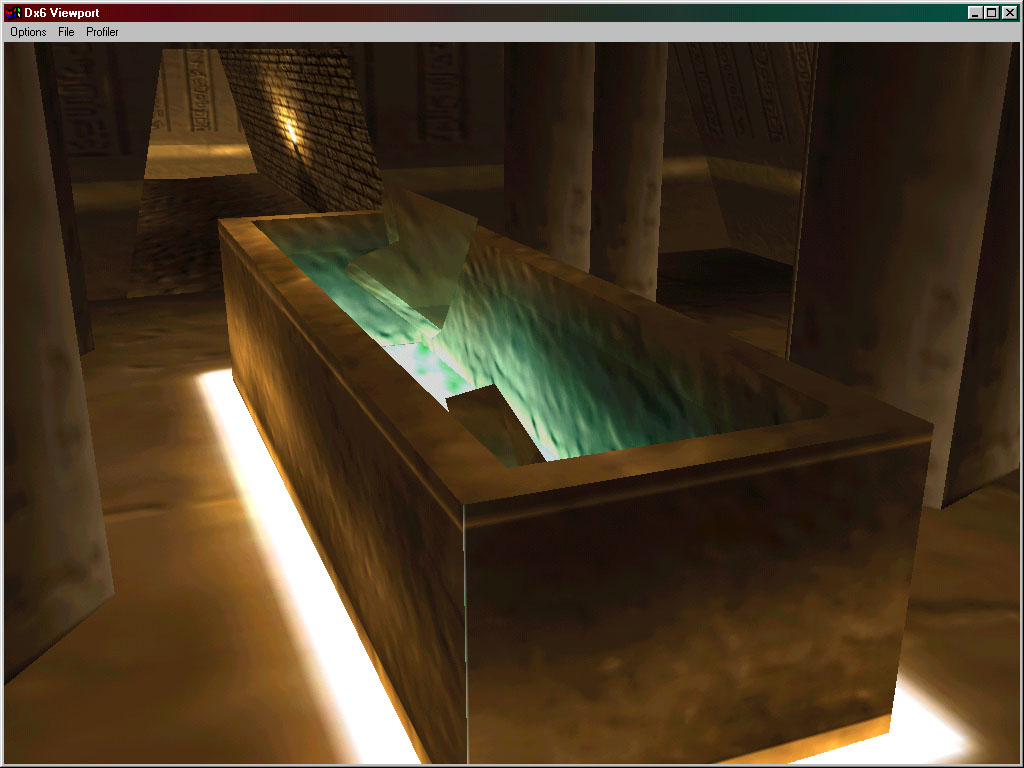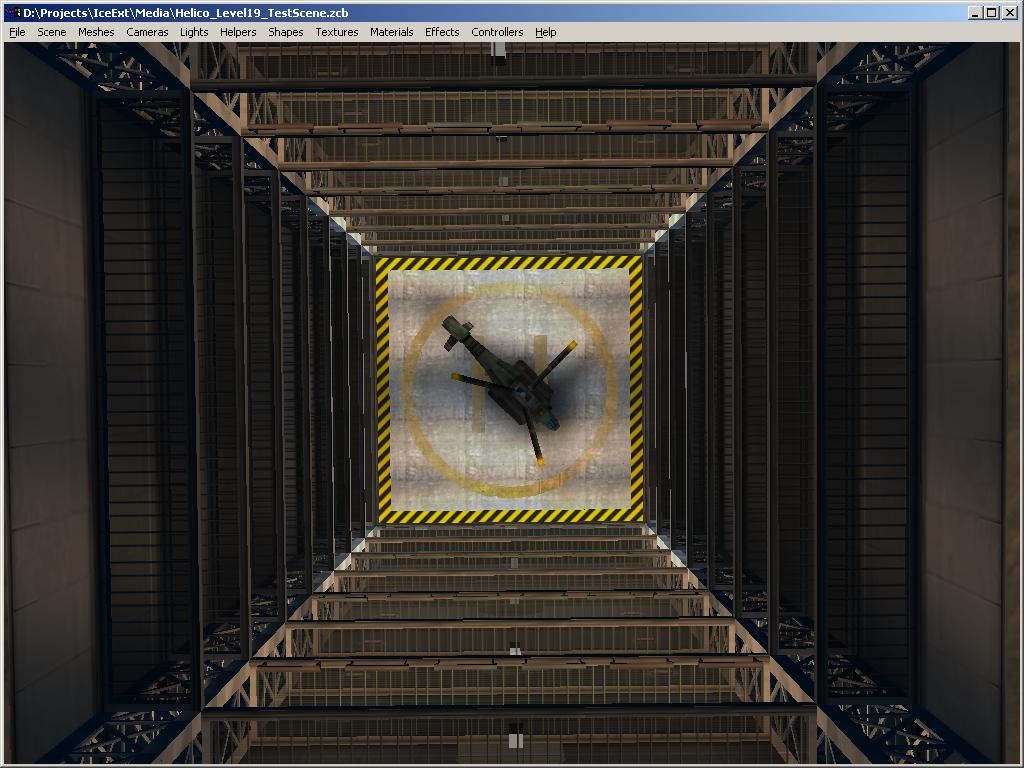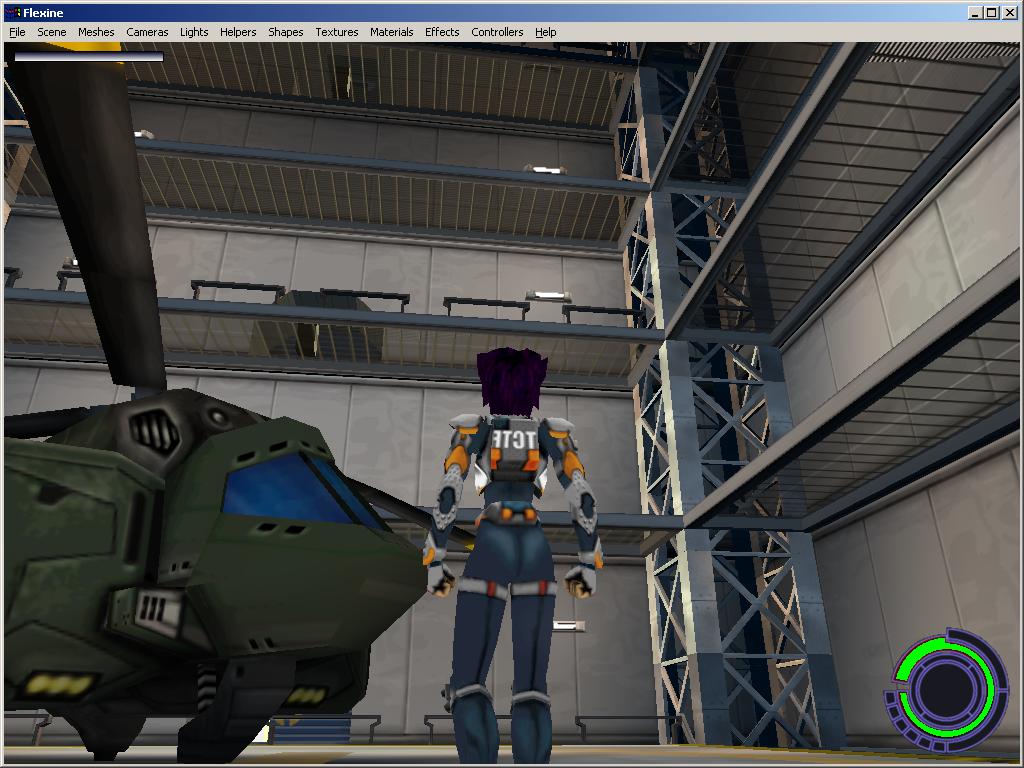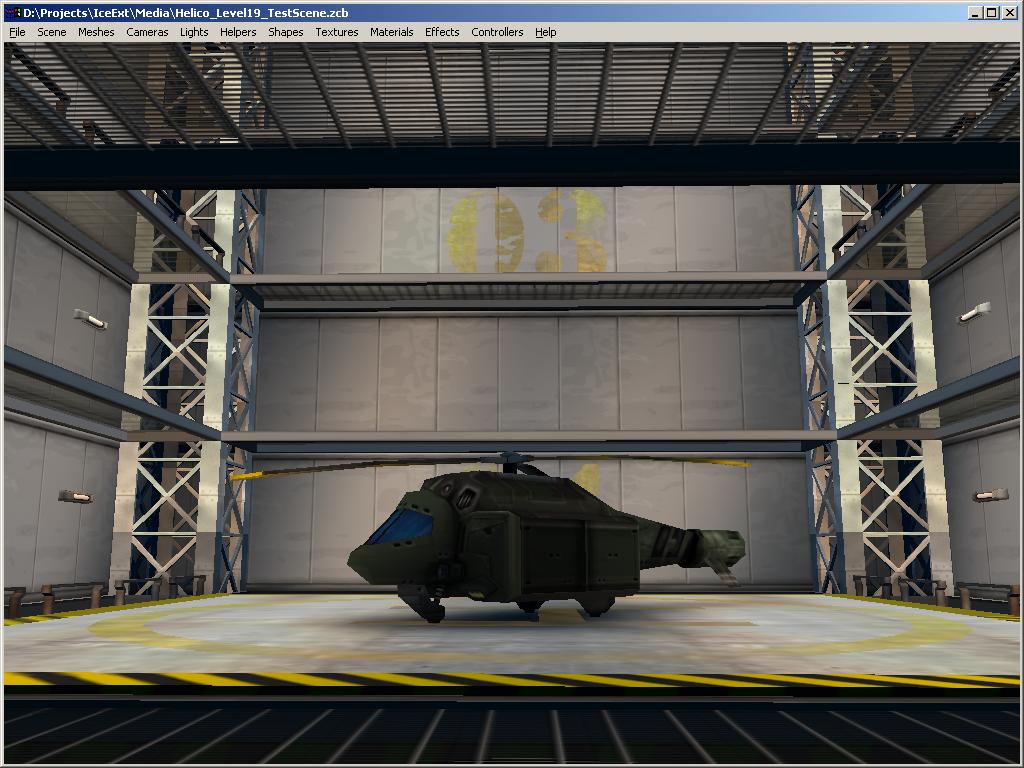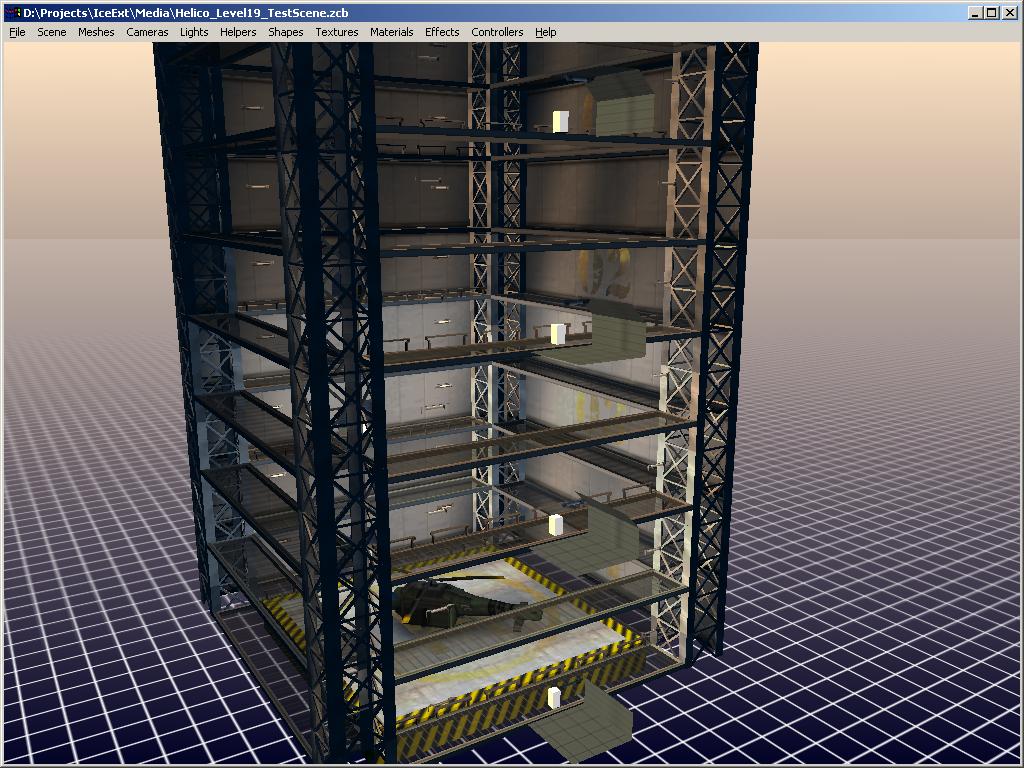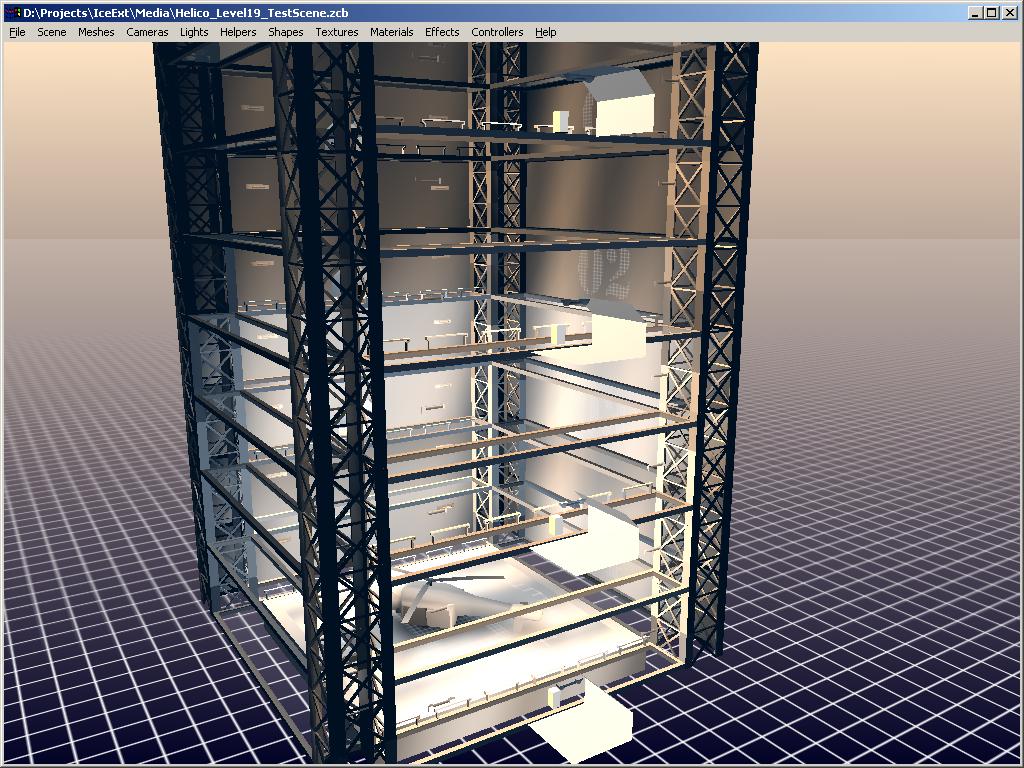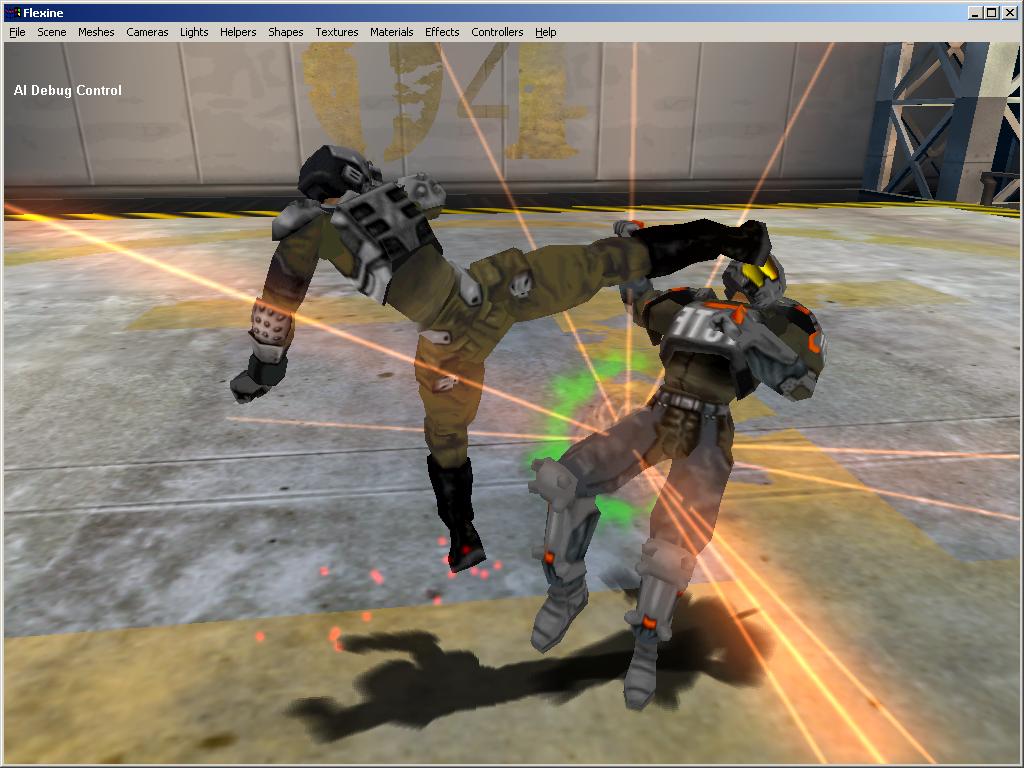When I was programming demos on ST, the most important (yet tacit) rule we had was the “one VBL rule”. All demos had to run in one VBL = Vertical BLank, i.e. in one frame, i.e. at 60 Hz (or 50 Hz on european machines). It was just unthinkable not to run in one frame, we’d have been the laughing stock of the whole ST scene.Games however, didn’t bother - partly because it was more complicated to create a full game than a demo, partly because demomakers at the time were kind of more talented / advanced / stubborn than their counterpart game programmers. The result anyway, is that most Atari ST games ran at very poor framerates. The only ST games I can remember running at 60 Hz were Goldrunner, Return to Genesis, Bio-Challenge, and the out-of-this-world Enchanted Lands. Needless to say, those programming pearls shone like stars compared to the mass of pale-looking ST games. Sometimes the game only worked because it was fast. Could you imagine Goldrunner running at 30 Hz? I can’t. They can’t either.
The main reason why I liked console games so much more at that time, was because they all felt better. Smoother. More polished. And, you guessed it, they all ran “in one VBL”, i.e. at 60 Hz. Alex Kidd? Gynoug? Shadow Dancer? Thunderforce III? Zillion? Power Stone? Soul Calibur? Etc, etc, they all ran at 60 Hz, because it was the norm. And for me it was a proof of quality, I could buy a console game my eyes closed and be sure it would fly on my machine.
Nowadays…. Sigh.
It makes me grin when some programmers tell me things like “Pierre, 60 Hz is for PC games! On consoles the hardware is not as powerful, so the typical target framerate is usually 30 Hz”. …… What a load of BS. “Typical” for PC programmers trying to port their stuff to consoles, certainly. Just drop your super heavy, super generic, super bloated, super dynamic deferred-lighting, reduce the useless post-processing effects, and maybe things would run better on your “less powerful” hardware.
Consoles = 60 Hz, else go back to the drawing board.
![]()

